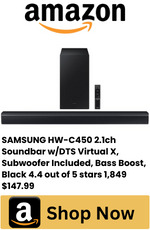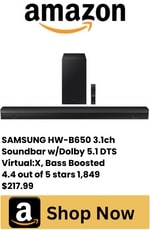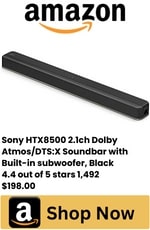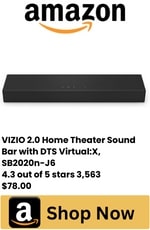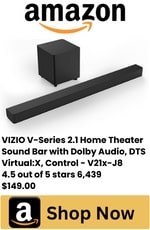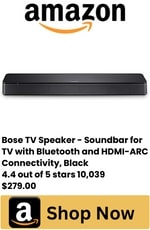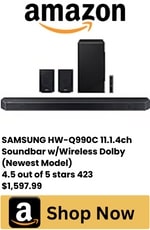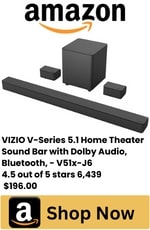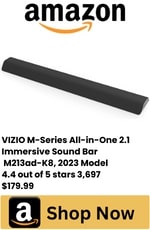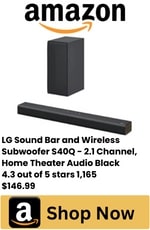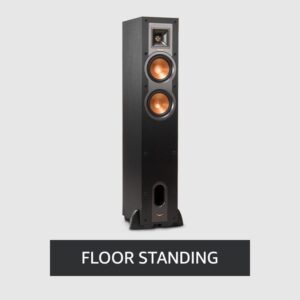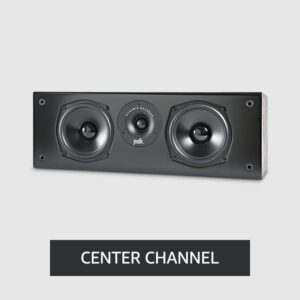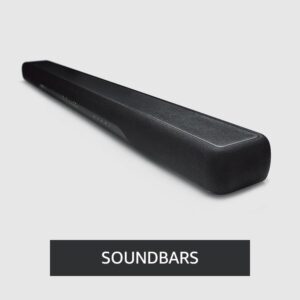What Kind of Projectors Do Movie Theaters Use?
Stepping into a movie theater is like entering a realm of visual enchantment, where captivating stories come to life on the big screen. Have you ever wondered about the wizardry behind those crystal-clear images and vibrant colors that transport audiences into different worlds?
It all boils down to the exceptional projectors that movie theaters use to deliver an immersive cinematic experience. In this exploration, we’ll unveil the secrets behind the curtains and delve into the fascinating world of movie theater projectors.
Table of Contents
Movie Theater Projectors:
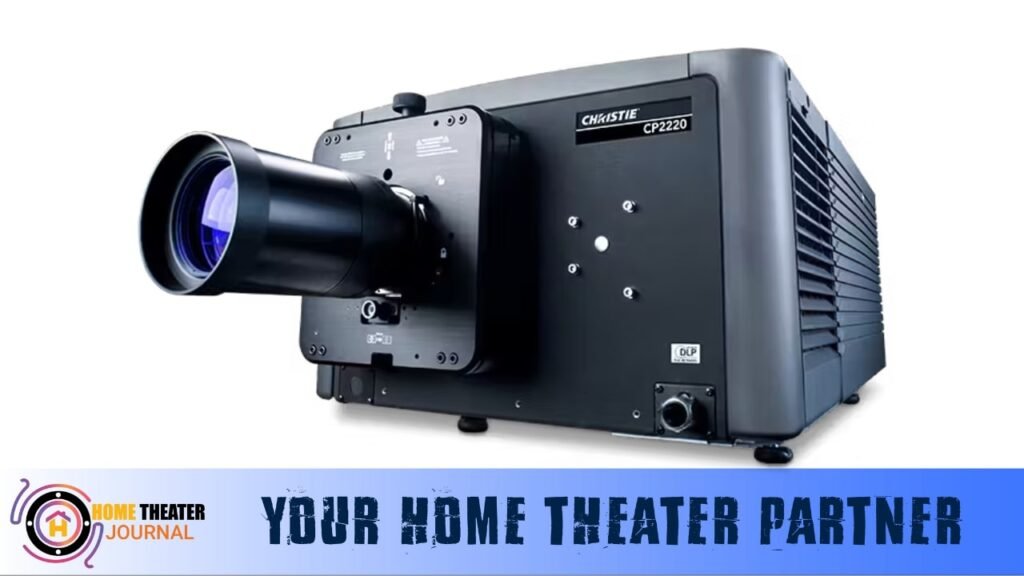
Movie theaters have undergone a digital revolution, and with it, the projectors have evolved to meet the demands of new digital formats. Unlike the early days of film reels, theaters now exclusively use Digital Cinema Projectors (DCPs), marking a departure from traditional analog methods.
Commercial-Grade Projectors:
The projectors employed by movie theaters are not your run-of-the-mill devices found in offices or homes. These are heavyweight champions designed for the grand stage of cinema. Commercial-grade projectors are larger, heavier, and built to deliver exceptional performance in large auditoriums.
Technologies Used in DCPs:
Two prominent technologies, Digital Light Processing (DLP) and Silicon Crystal Reflective Display (SXRD), take the lead in powering DCPs.
Digital Light Processing (DLP):
DLP projectors utilize millions of silicon micromirrors, each contributing to the creation of a razor-sharp image. These projectors employ large lamps with high brightness, splitting light into the spectrum’s colors, projecting onto the correct mirror, and combining separate beams to form a unified, high-quality image on the big screen.
Silicon Crystal Reflective Display (SXRD):
SXRD technology divides the light beam into separate colors, falling onto a reflective surface embedded with silicon crystals. This process results in the production of a 4K resolution pixel, making it an ideal choice for movie projectors with high image quality demands.
Features of Movie Theater Projectors:
Movie theater projectors come equipped with a set of remarkable features, setting them apart from their counterparts intended for home or office use.
Brightness:
With an astounding brightness of around 25,000 lumens, movie theater projectors outshine standard models by approximately 22,000 lumens. This high brightness ensures that even those seated in the last row can enjoy clear and detailed visuals.
Resolution:
While regular projectors may offer 1080p resolution, movie theater projectors boast a higher 4K resolution. This increase in resolution enhances image quality, providing audiences with a visually stunning experience.
Screen Size:
Movie theater projectors project onto colossal screens, reaching sizes of up to 100 feet. This ensures that everyone in the audience can enjoy an expansive and clear view of the cinematic masterpiece.
Contrast Ratio:
Movie theater projectors boast an impressive contrast ratio, reaching up to 6000:1. This term, contrast ratio, signifies the disparity between the deepest blacks and the brightest whites a projector can display. The greater this difference, the more striking and lively the colors appear on the screen.
In simpler terms, contrast is the key to delineating the nuances between black and white shades. A heightened contrast ratio translates to a more vivid and dynamic display, enriching the visual experience. This enhancement becomes particularly crucial in cinema settings, where a captivating interplay of light and shadow contributes to the overall immersion.
High Frame Rate:
Maintaining a high frame rate is crucial for a smooth transition of frames in a movie. Movie theater projectors achieve this, ensuring a seamless and immersive cinematic experience.
Cooling System:
Theater projectors tackle the heat generated by large lamps with a liquified cooling system and fans. This prevents overheating of the equipment, making them unsuitable for home use due to their unique cooling requirements.
Price:
Understandably, the price tag of movie theater projectors is higher than that of regular projectors. Ranging from $10,000 to $80,000, the cost reflects the large size and expensive components essential for delivering top-notch cinematic experiences.
Weight:
Portable yet substantial, movie theater projectors weigh around 140 kilograms, a testament to the size and components packed within. Their weight is justified by the need for durability and performance in a professional cinema setting.
Other Special Features:
Exclusive features like web control interfaces and automation capabilities set movie theater projectors apart. Operators can seamlessly control the projector remotely, scheduling events and sequences to enhance the cinematic experience.
Brands Manufacturing Movie Theater Projectors

Meeting the stringent standards set by the Digital Cinema Initiative (DCI) is no small feat. Only four brands – Barco, Christie, NEC, and Sony – have managed to provide the required picture quality assurance.
- Barco, Christie, and NEC: These brands incorporate DLP technology into their projectors, ensuring high-quality visuals that meet industry standards.
- Sony: Utilizing SXRD technology, Sony stands as a formidable player in the movie projector market, offering 4K resolution and impeccable picture quality.
Conclusion:
In conclusion, the mesmerizing visuals that grace the screens of movie theaters are made possible by specialized Digital Cinema Projectors. With technologies like DLP and SXRD, these high-end projectors deliver sharp, vibrant, and immersive images at 2K or 4K resolutions.
Movie theaters entrust brands like Barco, Christie, NEC, and Sony to provide the pinnacle of visual experiences. The magic of cinema begins with the flicker of light from these powerful projectors, creating an unforgettable journey for audiences worldwide.
FAQs | What Kind Of Projectors Do Movie Theaters Use?
1. What technologies are commonly used in movie theater projectors?
Answer: Movie theater projectors primarily leverage two key technologies: Digital Light Processing (DLP) and Silicon Crystal Reflective Display (SXRD). DLP utilizes silicon micro mirrors to create a sharp image, while SXRD employs a reflective surface with silicon crystals to produce high-resolution pixels, especially in 4K projectors.
2. Why do movie theater projectors have higher brightness than regular projectors?
Answer: Movie theater projectors boast an astonishing brightness of around 25,000 lumens, significantly higher than the approximately 3,000 lumens found in standard projectors. This heightened brightness is essential for large auditoriums, ensuring that even those seated at the back have a clear and detailed view of the visuals on the expansive screen.
3. How do movie theater projectors handle heat generated by large lamps?
Answer: The large lamps used in movie theater projectors generate substantial heat. To combat this, theater projectors incorporate a liquified cooling system along with fans. This ensures that the equipment does not overheat during prolonged usage, maintaining optimal performance throughout the screening.
4. What is the contrast ratio in movie theater projectors, and why is it important?
Answer: Movie theater projectors typically feature an enhanced contrast ratio of up to 6000:1. Contrast ratio represents the difference between black and white levels on the screen. A higher contrast ratio results in more vibrant colors mixed with deep blacks, enhancing the overall visual appeal of the on-screen content.
5. Why are movie theater projectors not recommended for home use?
Answer: Movie theater projectors are designed for professional cinema settings and come with unique features like a liquified cooling system, high brightness, and automation capabilities.
These projectors, weighing around 140 kilograms, are tailored for the demands of large auditoriums, making them impractical and unnecessary for typical home usage where smaller, lighter, and less expensive projectors are more suitable.

Author: Baqarrasheed
I know all about home theater items! I have been doing this for more than three years now. I am good with things like sound systems, TVs, projectors, and all that cool entertainment gear. I like to help folks by testing and talking about these gadgets on Hometheaterjournal. I want to make sure everyone can create an awesome entertainment setup at home without any confusion.
I write the creative content for HometheaterJournal.



